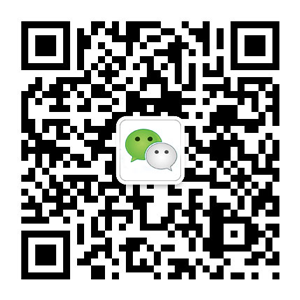BIRST and eBIRST Diagnostic Test Tools - Key Differences
BIRST and eBIRST are diagnostic test tools that can locate faulty relays quickly and easily on switching systems.
- BIRST Built-in Relay Self-Test requires no purchased external tools, it simply requires the installation of the free software on a windows controller that manages the measurement system and the switch path routing while the matrix is tested, it is available on some of our LXI & PXI switch matrices.
- eBIRST Switching System Test Tools are a set of test tools that can quickly determine if a switching system has faults, identifies the location of the fault at relay level and allows the user to take fast corrective action.
Neither tool is designed to find faults not associated with relays (for example internal wiring failures or logic problems) but either tool may diagnose their presence in testing a switching system if they result in incorrect operation of a relay. Relay failures are the most likely cause of in-service failure of switching systems, either because of lifetime issues or accidental relay abuse.
The table here show the main differences between the two tools.
Feature |
eBIRST |
BIRST |
| Control | USB2 from a Windows PC | Embedded in module and supported through the BIRST driver |
| What do you need to buy | eBIRST tools | Nothing, built into the module |
| Range of modules supported | Almost all Pickering's PXI, PCI & LXI controlled switching systems | Limited to matrices, has to be a model which states it has BIRST built-in |
| Relay fault coverage | 100% on supported modules | 100% of core matrix but may not test components like isolation relays without an external fixture
|
| What it measures | Path resistance between any two pins on the switching system connector(s), measurements which are directly related
to data sheet values
|
Path resistance from an internal access point which is not directly related to data sheet values. |
| How it outputs data | Output file of paths measured. Graphical view of the PCB layout highlighting the position(s) of the relays which have suspect characteristics. No need to look thru manuals to remove the relay(s) | Text file and soft front panel view of the X Y location (matrix position, circuit identification) of the suspect relays in the matrix. The manual is used to locate the relay physical position |
eBIRST is the most capable tool for locating defective paths in switching systems because it has full access to the switching system connector and is capable of performing a test on any supported system. All paths can be tested so in principle any switching architecture can be supported. The eBIRST tools identify relay faults in the switching system by relay number and displays where their physical location is on the PCB assembly.
BIRST has more limited capabilities but requires no tools to be purchased. It is only available on matrix switching systems which include the BIRST hardware and is only capable of testing matrix based products. In some cases fault coverage may not be 100% without the use of an additional fixture, where this is required the fixture is supplied and the manual contains information on how a user can create one. BIRST identifies the location of the faulty relays by their position in the switching architecture (for example by matrix X Y location or relay number), the manual is then used to identify the relays physical location form look up tables in the maintenance section.
Pickering Interfaces is committed to supporting both eBIRST and BIRST. BIRST will be offered on new matrices where it makes technical and economic sense and eBIRST will be offered as a support tool for testing switching systems where it is technically capable of doing so.
